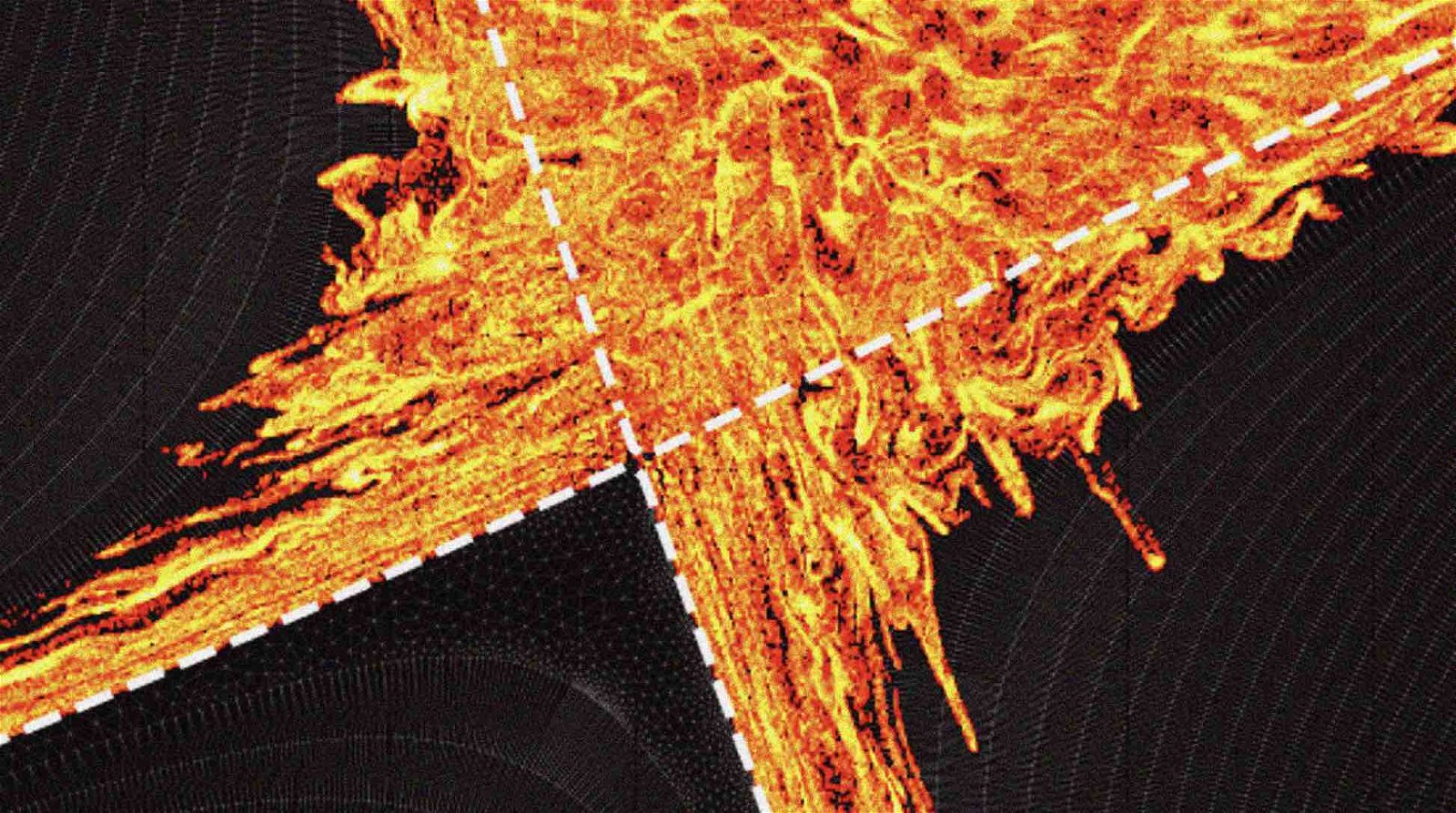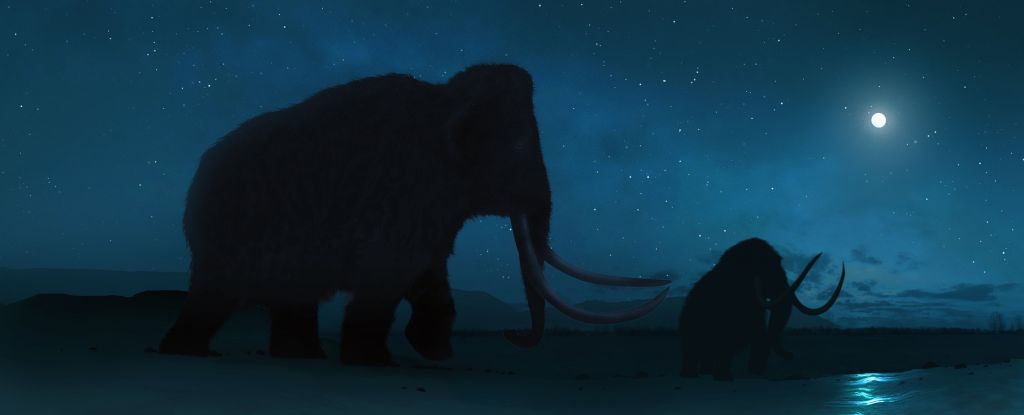Scientists discover new membrane behaviors that can lead to unprecedented separations
Nanoscale solutions with small size differences can be separated by membranes with identical pores—if they have enough opportunity to try. Credit: Argonne National Laboratory. Imagine a close basketball game that comes down to the last shot. The probability of the ball going through the ring may be quite low, but it would increase dramatically if … Read more




